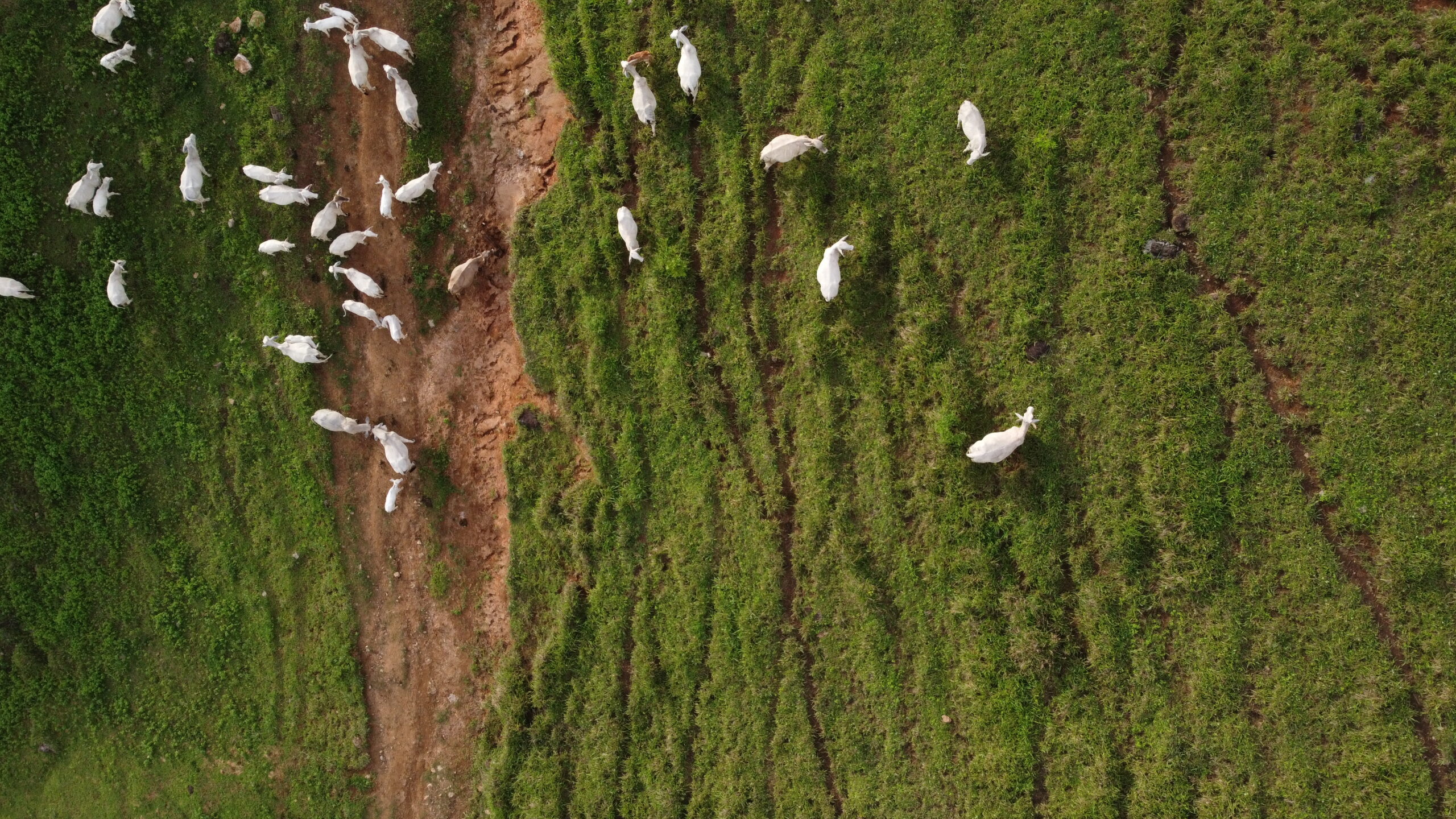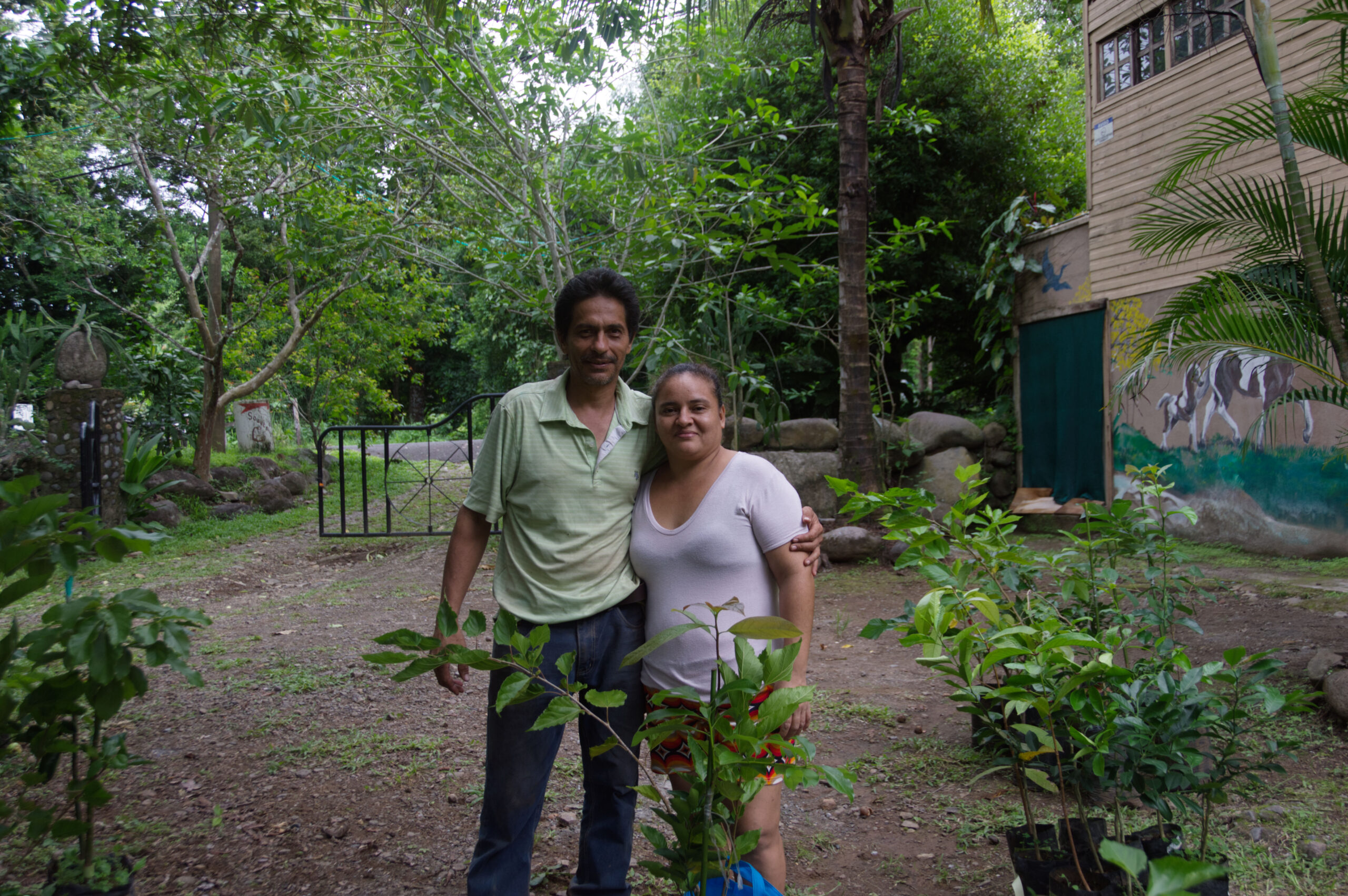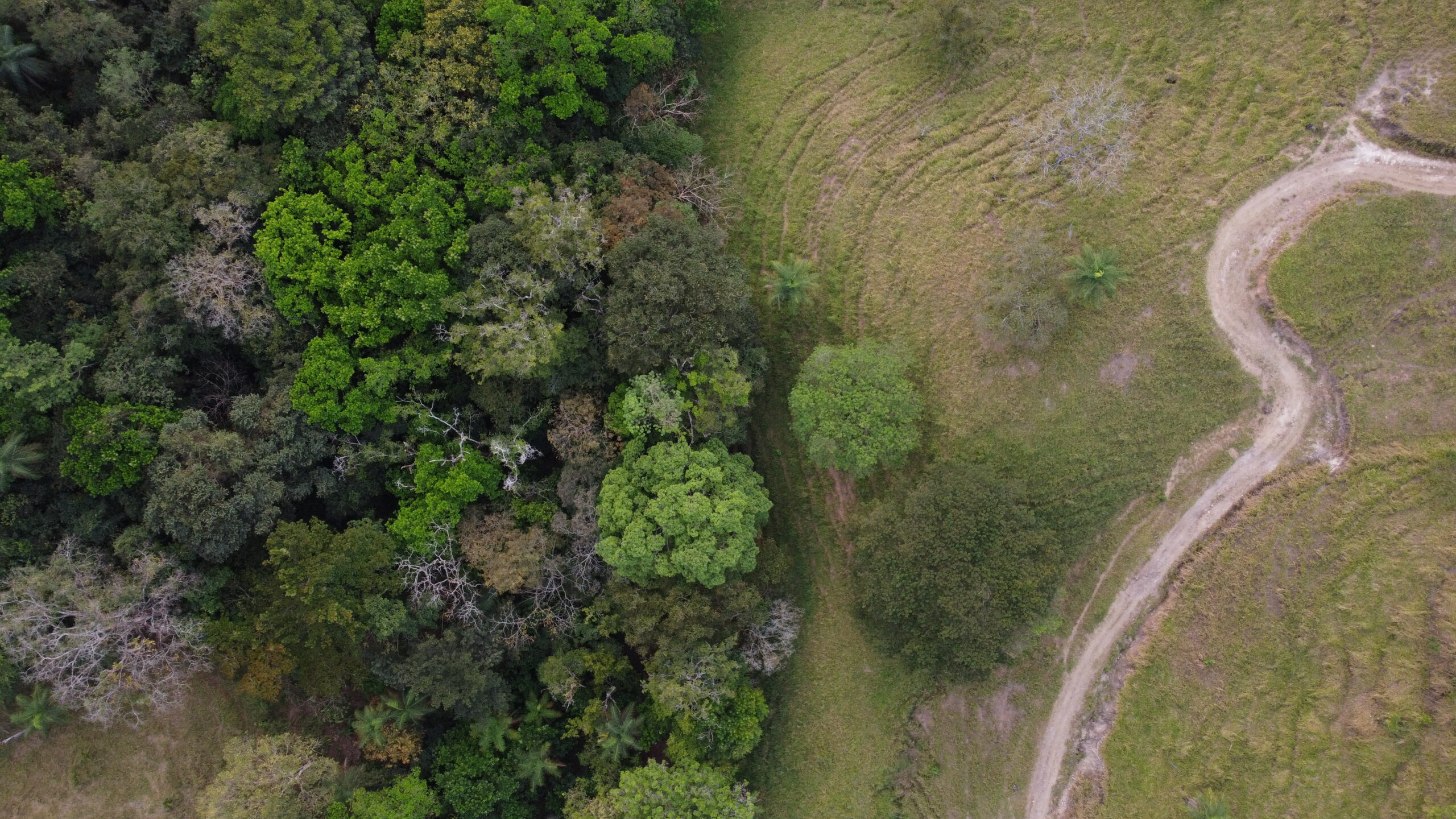Fruit Trees for the Future
"...but in my heart, I know that all the land I see used to be an old-growth jungle."

Background Information
Ryder Booth grew up in Boise, Idaho, and found a love of nature playing in the foothills of Boise and the forests of Donnally, Idaho. In 2021, his family decided to spend a year living in, Guacimal, Costa Rica, a small, rural, farming community. He had visited Guacimal in the past and knew that much of the pastureland had originally been jungle. Ryder was aware of previous reforestation projects throughout Costa Rica and wanted to improve the wildlife habitat in the Guacimal River Valley. Initially, he envisioned a project with planting all native trees that feed wildlife. Unfortunately, it became clear that unless the trees provided economic benefit to the ranchers, they were not going to plant more trees on their land. Ryder then decided to offer fruit trees instead. This is how “Fruit Trees for the Future” was born. Fruit Trees for the Future aims to deliver high-quality young fruit trees to residents of the Greater Guacimal River Valley area. Through this project, he hopes to economically empower the residents as well as provide habitat for wildlife.
“As a photographer, I love the vistas that cleared cattle land can create but in my heart, I know that all the land I see used to be an old-growth jungle.” – Ryder
Implementation of Project
This project was a journey for all of those involved. Ryder initially envisioned a reforestation project using all native tree species specifically to feed and house the endangered Scarlet Macaw. It was disheartening to realize that it would be nearly impossible to convince local ranchers to plant this type of tree in their cattle pasture. Ryder’s mentor in the project, Veronica Sheehan, helped him to refocus on a different goal of feeding both the people of the Guacimal River Valley as well as helping all types of wildlife with improved habitat and food sources. The team then decided to plant 7 different types of fruit trees. Veronica is a well-known environmental activist in the area and she individually contacted families that she thought would benefit from planting more fruit trees. Ryder focused on finding locally based greenhouses to buy trees from and researching what trees benefit wildlife the most. Over time the pieces fell into place. The team found 16 families who wanted trees. After switching to fruit trees, the response was pretty overwhelming. The initial tree request was for 450 trees, which put the project way over its initial budget. We were able to prune this number down to 150 trees. They then narrowed their choices to two suppliers of trees who gave us better pricing because we were purchasing in bulk. We then placed the order for nearly 150 trees. These were delivered to landowners on May 21st, 2022.
“It was an absolute rollercoaster of a project with ups and downs sometimes I never thought that we could get it done but I am so stoked that we did.” – Ryder
Results of Project
Time on the project was mainly spent planning. One of the major parts of our plan was finding greenhouses to supply trees. Our location is very rural and even the “local” greenhouses are at least a one-hour drive to get to. There were many long drives through pouring rain, to get to the greenhouses. We also had to communicate and coordinate with the landowners about the availability of trees. Veronica spent a lot of time personally messaging with ranchers. Ryders’s family volunteered a lot with the delivery of trees and funding of the project. In total, we helped 16 families across the 3 communities in the greater Guacimal River Valley area with fruit tree donations and helped to plant nearly 150 trees. We chose 7 different tree species to offer. Including unusual varieties like mulberry and rose apple which can be sold or eaten. As well as limes, oranges, mangos, avocados, and water apples which are all commonly grown in Costa Rica.
“I was so stoked to finally see the trees all in one place and know that they all would benefit their owners massively!” – Ryder
What’s Next
Because his family has set down roots in this community and owns property here, Ryder will be returning several times per year to see how these trees are doing. Ryder is excited about the possibility of future tree donations but there are no concrete plans for future donation campaigns. If it were possible to continue these tree donations through the years, it would really have an amazing effect on this valley. For future projects, Ryder would work on expanding the community connections he has forged and he would increase fundraising for a greater impact. Continuing to assist the local people to decrease their reliance on cattle ranching for economic support and improve the environment is a strong motivator for Ryder.
“I am really excited about being able to come back to Guacimal for years and see the impact that these trees have had.” – Ryder




